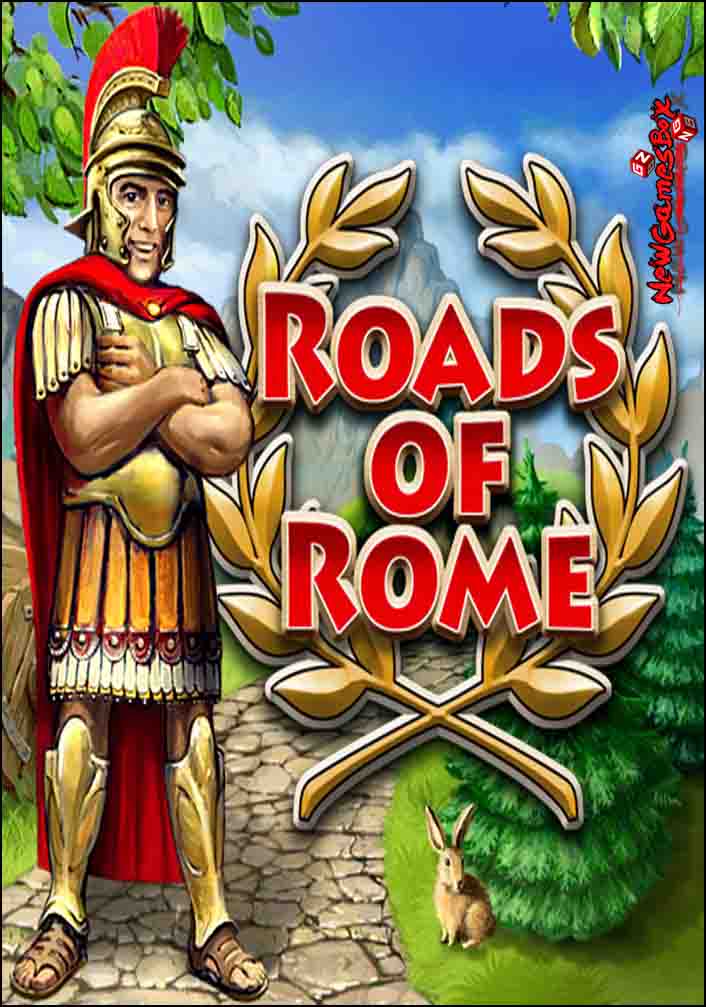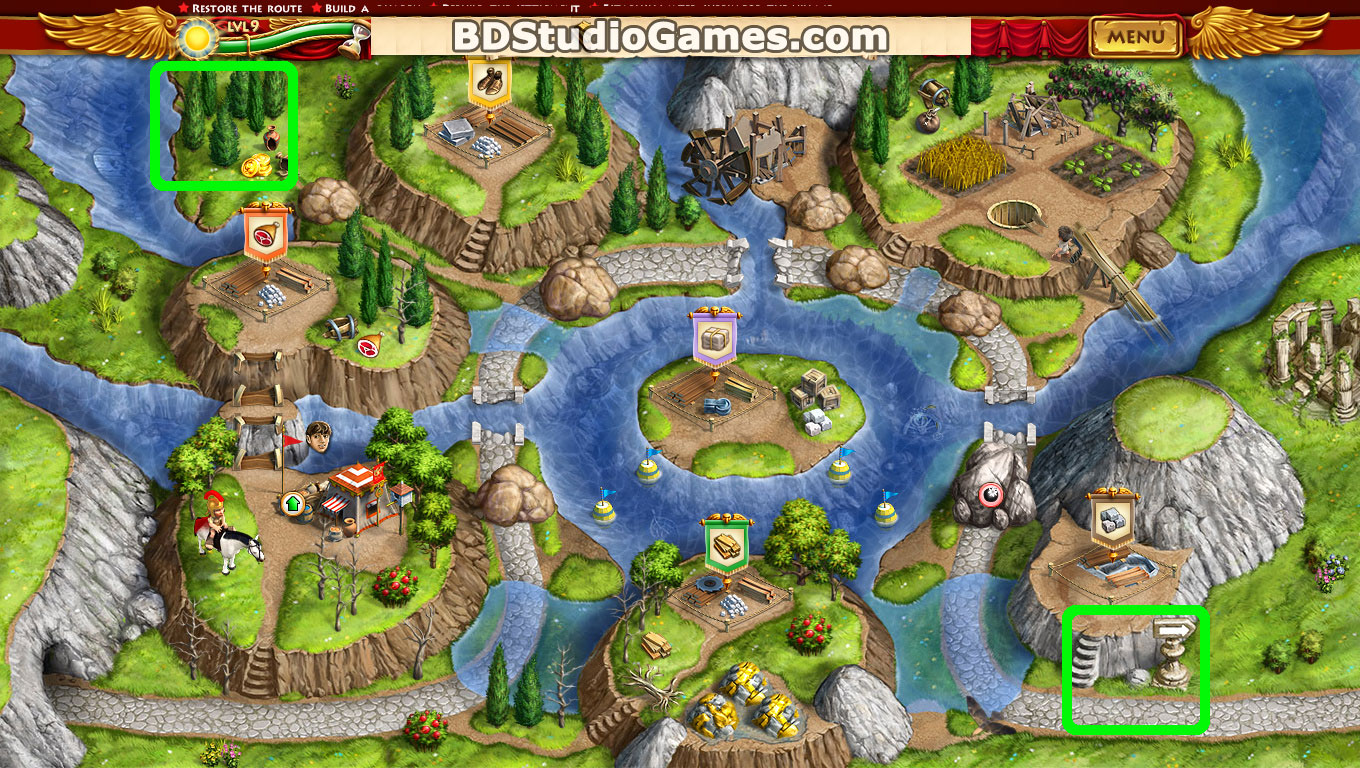



Roman roads are still visible across Europe. (Photo: Philip Capper/WikiCommons CC BY 2.0) For a small toll, other, non-official travelers could travel the roads as well. In 9 BCE, the Emperor Tiberius rode almost 215 miles along the roads in 24 hours to get to his dying brother’s side. Governors, emperors, legions, and, most importantly, trade flowed along these ribbons of stone that cut through hills and across gorges. Roads, built to allow the empire to flow outward, and for the rewards of empire to come flooding back to the capital, were the key to the Romans’ governance of Europe. Along these roads ran messengers, as a type of precursor to the American Pony Express-a relay of horsemen could carry a message 50 miles a day. Huge concrete buildings like the Colosseum remain, as do stone plinths and obelisks.īut the Romans’ most impressive achievement, and most important contribution to modern Europe, lies underfoot.Ī Map from 1897 showing the Roman Empire with provinces, in 150 AD. Thousands of years later, monuments of Roman glory and imperialism still stand throughout Europe. At its peak, the Roman Empire spanned from Hadrian’s Wall in Scotland to Morocco, from the banks of the Rhine River bordering Germania, to Egypt, and east to the Euphrates River in Mesopotamia-a huge swath of conquered peoples and occupied lands, with barbarians on the borders. In today’s terms, it’s hard to fathom how much of the world the Romans once controlled. (Photo: Júlio Reis/WikiCommons CC BY-SA 3.0) A Roman Milestone from the Via Romana XVIII, which connected Bracara Augusta to Asturica Augusta.


 0 kommentar(er)
0 kommentar(er)
